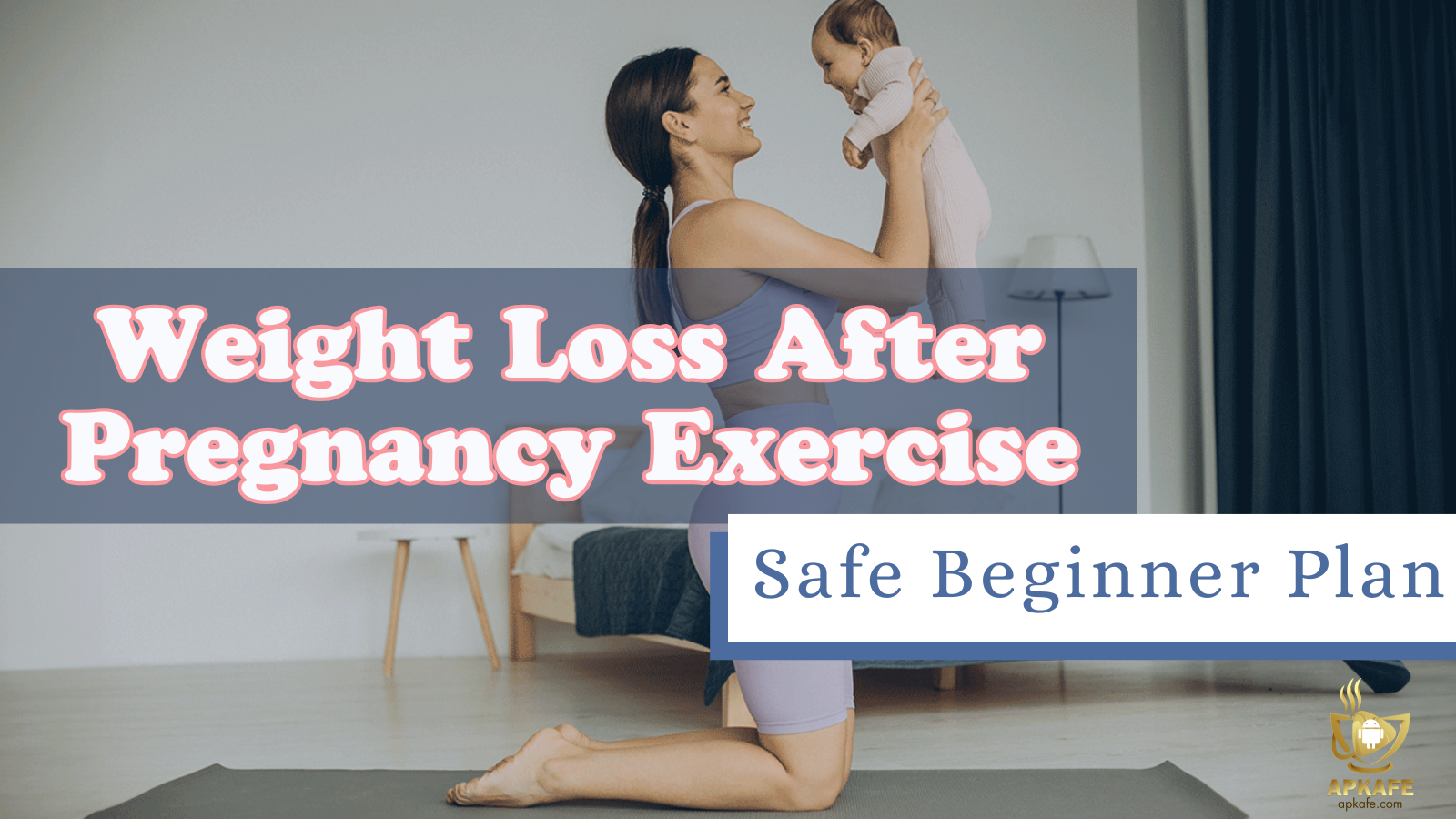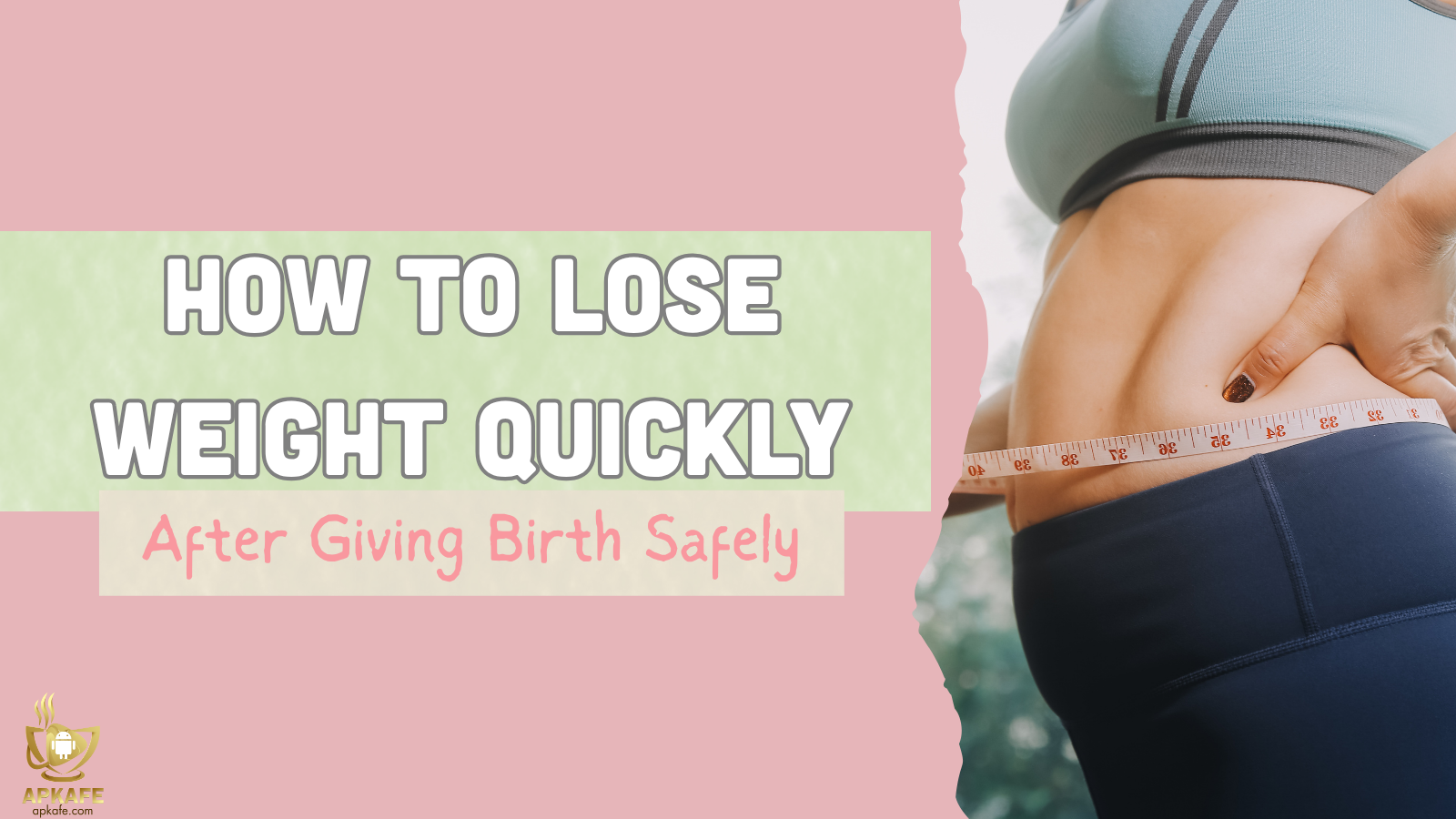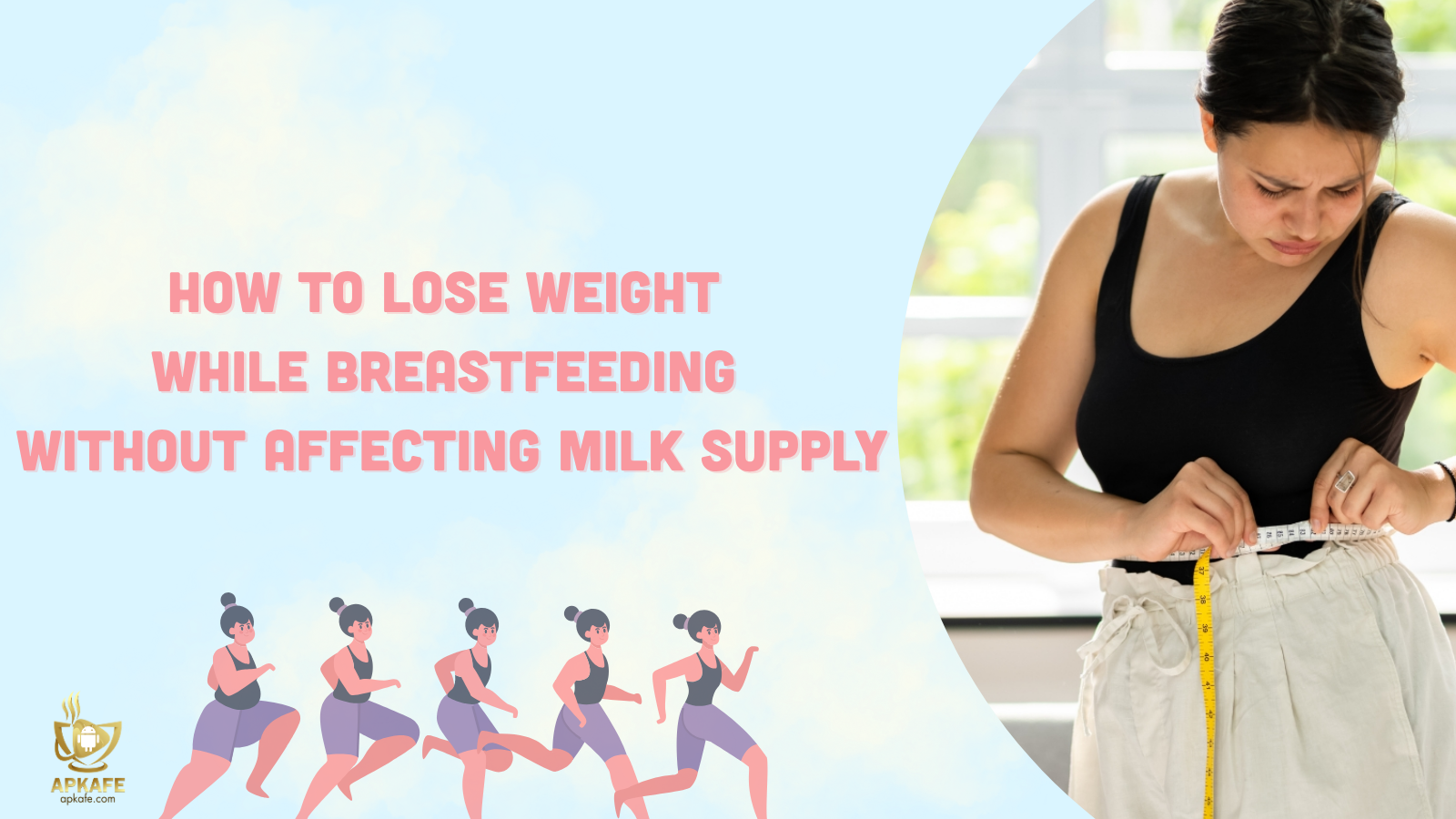How to Lose a Lot of Weight in 2 Weeks (Safely & Realistically)
Losing a noticeable amount of weight in just 14 days is achievable—when you follow a structured plan that supports your metabolism rather than fighting against it. Many rapid weight-loss hacks promise dramatic changes but skip crucial safety steps, leading to dizziness, cravings, and rebound gain. This guide gives you a balanced 2-week method grounded in practical nutrition, daily movement, beginner-friendly workouts, and realistic calorie habits. You’ll also learn how to use apps like Lose It!, Noom, and MyFitnessPal to track accurately without feeling overwhelmed. By the end of this guide, you’ll have clear day-by-day actions, a flexible meal structure, a workout plan, weekend reset tactics, pitfalls to avoid, and a privacy checklist to protect your health data.
The Safety Rules Most People Skip
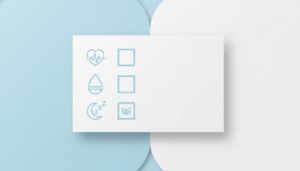
One missing step here can stall your metabolism for all 14 days.
Before diving into calorie changes or workouts, set your baseline to ensure a safe and effective 2-week reset.
Warm-Up, Hydration, Sleep Baseline
Take 24 hours to record your water intake, sleep duration, and morning energy levels. These three factors influence cravings more than people realize. Aim for 2 – 2.7 liters of water per day, and maintain consistent hydration starting from morning.
Who Should NOT Follow an Aggressive 2-Week Plan
Avoid this plan if you:
- Have a heart condition or uncontrolled metabolic/hormonal disorders
- Are pregnant or breastfeeding
- Have a past of severe dizziness or fainting during exercise
- Have eating disorder history (seek professional guidance first)
When to Consult a Professional
If you take medication that affects appetite, blood pressure, blood sugar, or hydration—talk to a clinician first. Safety must stay a priority.
Step-by-Step Guide: 8 Core Actions
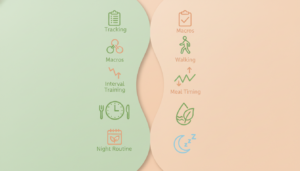
By step #4, most people already notice reduced bloating
Step 1: Set Your Calorie Baseline Using Lose It!, Noom, or MyFitnessPal
The first day is about observation, not restriction. Log everything you eat in Lose It!, Noom, or MyFitnessPal. Most adults underestimate calorie intake by 20–40%. Understanding your true baseline lets you create a safe 15–20% deficit, typically 300–450 calories. This modest reduction supports steady fat loss without causing fatigue or metabolic slowdown.
Pitfall: Cutting calories too fast (<1,200 kcal women or <1,500 kcal men).
Pro Tip: Set meal reminders in your tracking app to avoid gaps that trigger cravings.
Step 2: Follow the 30–30–40 Macro Rule
Use this macro split: 30% protein, 30% fat, 40% carbs. This ratio stabilizes hunger hormones, supports muscle retention, and prevents 2-week fatigue. Prioritize these:
- Protein: chicken, yogurt, tofu, eggs, lentils
- Carbs: oats, fruit, beans, quinoa, vegetables
- Fats: olive oil, avocado, nuts
Pitfall: Low protein causing slow fat loss and hunger spikes.
Pro Tip: Start every meal with protein—it naturally reduces calories.
Step 3: Add 45 Minutes of Daily Moderate Movement
Walking boosts circulation, calorie burn, and reduces inflammation—making weight loss visible faster. Aim for 45 minutes daily, or divide into small 10–15 minute sessions spread throughout your day. Add a brisk 5-minute finish to increase fat oxidation without taxing your joints.
Pitfall: Treating walking as ineffective and compensating with extreme workouts later.
Pro Tip: Track steps to stay consistent; aim for 7,500–10,000 daily.
Step 4: Add 2–3 Short HIIT or Power Sessions Weekly
Short bursts of intense intervals improve fat burn through EPOC (post-exercise burn). Aim for 2–3 sessions per week, lasting 12–18 minutes. Use beginner-friendly intervals: 30 sec work / 30 sec rest. Choose squats, modified burpees, step-ups, or fast walking uphill.
Pitfall: Doing HIIT every day → inflammation, plateaus.
Pro Tip: Space HIIT days apart to maximize recovery.
Step 5: Use a Controlled Eating Window (Not Extreme Fasting)
A consistent eating window like 10 AM–7 PM reduces late-night calories and stabilizes appetite hormones. Most people naturally cut 150–300 calories without feeling deprived. Hydrate in the morning; break your first meal with protein + fiber.
Pitfall: Pushing the window too late, triggering energy crashes.
Pro Tip: Drink warm water with lemon early to ease hunger.
Step 6: Remove Liquid Calories & Reduce Sodium for Visible Change
Soft drinks, sugary coffees, and flavored teas add stealth calories. Removing them for 14 days produces noticeable results. Reducing sodium minimizes bloating, making progress visible by days 5–7.
Pitfall: Replacing drinks with high-calorie smoothies.
Pro Tip: Use electrolyte tablets with minimal sugar to stay energized.
Step 7: Build a Night Routine That Stops Cravings
Evenings are the biggest diet disruptor. Create a ritual: light walk, warm shower, herbal tea, low-screen time. This conditions your brain to stop eating. Keep emergency snacks like cucumbers, berries, or a low-calorie protein shake.
Pitfall: Staying awake too late → hormonal hunger increases.
Pro Tip: Set a “kitchen closed” reminder in your tracking app.
Step 8: Weekend Reset Strategy (Days 6–7 & 13–14)
Weekends often undo weekday progress. Start with hydration + 10 minutes of stretching. Eat a high-protein breakfast to avoid cravings. Schedule your workout early and limit free meals to 1–2 with controlled portions.
Pitfall: Treating weekends as cheat days.
Pro Tip: Use “Quick Add” in tracking apps when eating out.
The Effective 2-Week Diet Plan
One swap here can cut 200–350 calories a day without hunger.
Daily Template
- Breakfast: protein + fiber
- Lunch: lean protein + whole grain + veggies
- Dinner: light protein + high-volume veggies
- Snacks: fruit, nuts (small), protein shakes
- Drinks: water, tea, black coffee
Week 1 Goal: reduce inflammation + regulate appetite
Sample: eggs + spinach, chicken + quinoa, salmon + broccoli.
Week 2 Goal: improve fat burning + reduce visible bloat
Sample: oats + yogurt, turkey wraps, tofu + cauliflower rice.
The 2-Week Workout Plan
Most people burn more fat by adjusting intensity—not duration.
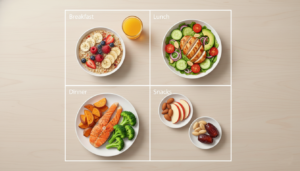
Week 1
- Day 1: 45-min walk
- Day 2: 12-min low-impact HIIT
- Day 3: Walk or cycle
- Day 4: Body weight circuit
- Day 5: 45-min walk
- Day 6: Mobility
- Day 7: Night walk
Week 2
- Day 8: 45–50 min walk
- Day 9: 15–18 min HIIT
- Day 10: Body weight sculpt
- Day 11: Interval walking
- Day 12: 12-min power circuit
- Day 13: Mobility + core
- Day 14: Light walk or yoga
Common Pitfalls & Fixes
If progress stalls on day 5 or 9, this section is your rescue button.
Major Pitfalls
- Under-eating: leads to rebound hunger → add protein snacks.
- Over training: creates inflammation → space HIIT days apart.
- Sodium overload: causes bloating → avoid sauces & fast food.
- App-tracking errors: weigh food briefly; avoid double-counting steps.
- Weekend inconsistency: maintain hydration + protein-first meals.
Safety & Privacy Checklist
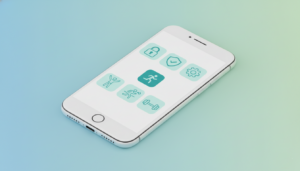
A 60-second review here protects your data while you lose weight.
Health Safety
- Stop exercise if dizzy or in pain
- Adjust workouts for injuries
- Maintain hydration
- Respect hunger cues
- Avoid extreme fasting
Privacy Tips
- Disable unnecessary permissions
- Avoid storing sensitive data
- Limit background location
- Review app privacy settings weekly
Conclusion
Learning how to lose a lot of weight in 2 weeks isn’t about extreme diets or exhausting workouts — it’s about structure, consistency, and safety. By using a controlled eating window, prioritizing protein, staying hydrated, and following a balanced workout routine, you can make visible progress without harming your metabolism. Tools like Lose It!, Noom, and MyFitnessPal help you stay accountable and understand your habits, while the weekend reset strategy keeps you from losing momentum. If you continue applying these habits after the 14-day plan, you’ll build a foundation for long-term, sustainable results that feel good both physically and mentally.
FAQs
Can you safely lose a lot of weight in 2 weeks?
You can reduce inflammation, water retention, and burn fat, but avoid extreme dieting.
What if I miss a workout?
Continue the next day—no need to “catch up.”
Can beginners follow this?
Yes. Everything includes low-impact alternatives.
How do I avoid rebound weight gain?
Increase calories slowly: +100–150 per week after day 14.
Do I need equipment?
No—walking and bodyweight sessions are enough.
What are signs to stop?
Dizziness, chest pain, fainting, or severe fatigue.
Can I drink coffee?
Yes—just avoid sugary or high-calorie coffee drinks.
How do I track progress accurately?
Use waist measurements + photos + calorie logs.
Internal Links
- Healthy lifestyle tips
- Healthy eating habits to lose weight
- Best mental wellness apps
- Best calorie counter app
- Daily health tips
External Sources
- CDC — Healthy Weight Basics
- NIH — Physical Activity Guidelines
- American Heart Association — Sodium Guidelines
- Academy of Nutrition & Dietetics — Protein & Meal Planning
User Reviews

